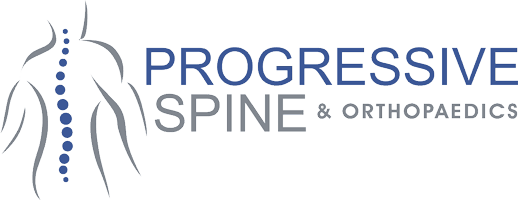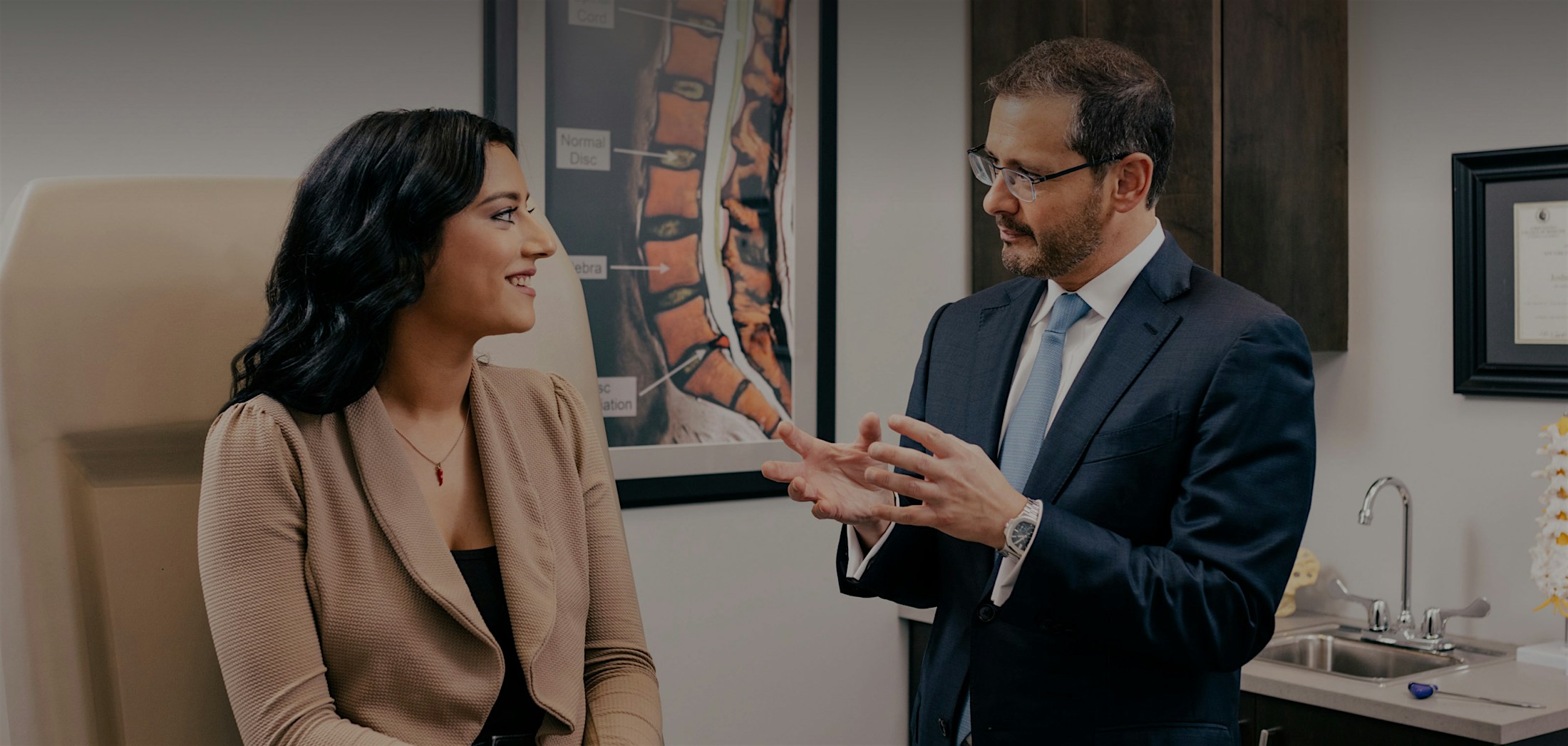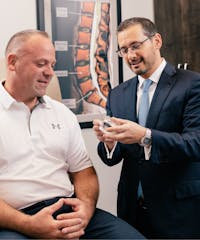How We Work With You
Before we can treat your pain, we need to understand your condition. By locating the underlying cause of your symptoms first, we avoid unnecessary treatments, save time and money, and deliver the relief you need as quickly as possible. With years of experience diagnosing the full range of spinal disorders and diseases – both common and uncommon – few specialists are more qualified than Dr. Rovner. Providing patients with some of the best spine surgery NJ has to offer, Dr. Rovner will help educate you on your condition, and address your pain.
If you have exhausted all of your non-invasive treatment options and are ready for a more permanent solution to neck and back pain, Progressive Spine & Orthopaedics is one of the safest and most advanced surgical destinations in New Jersey. With a concentrated focus on minimally-invasive and robotic procedures, we leverage the latest surgical technology, instrumentation, and equipment available to resolve your chronic pain once and for all.































